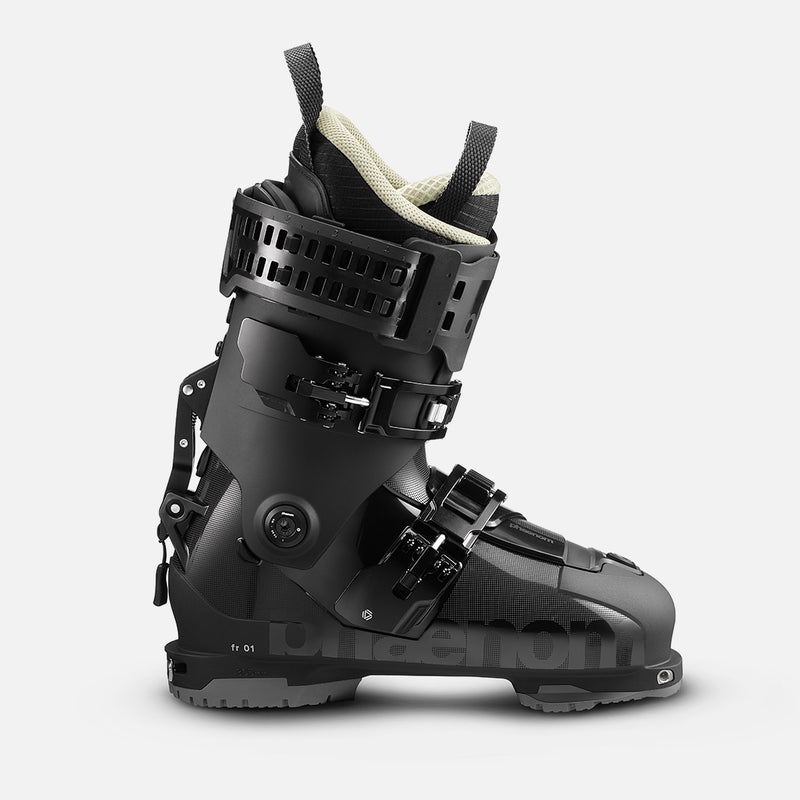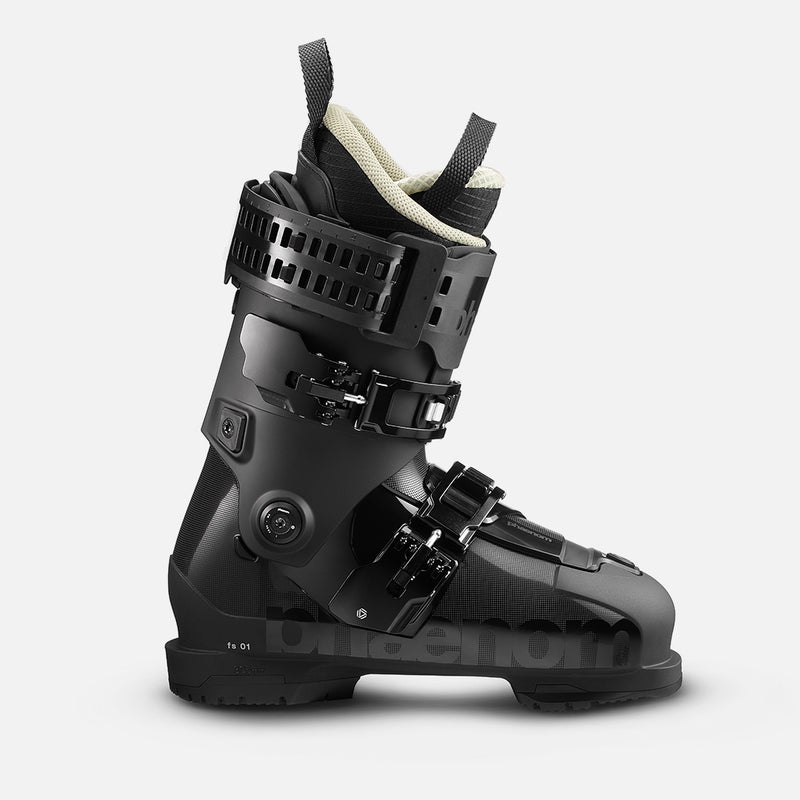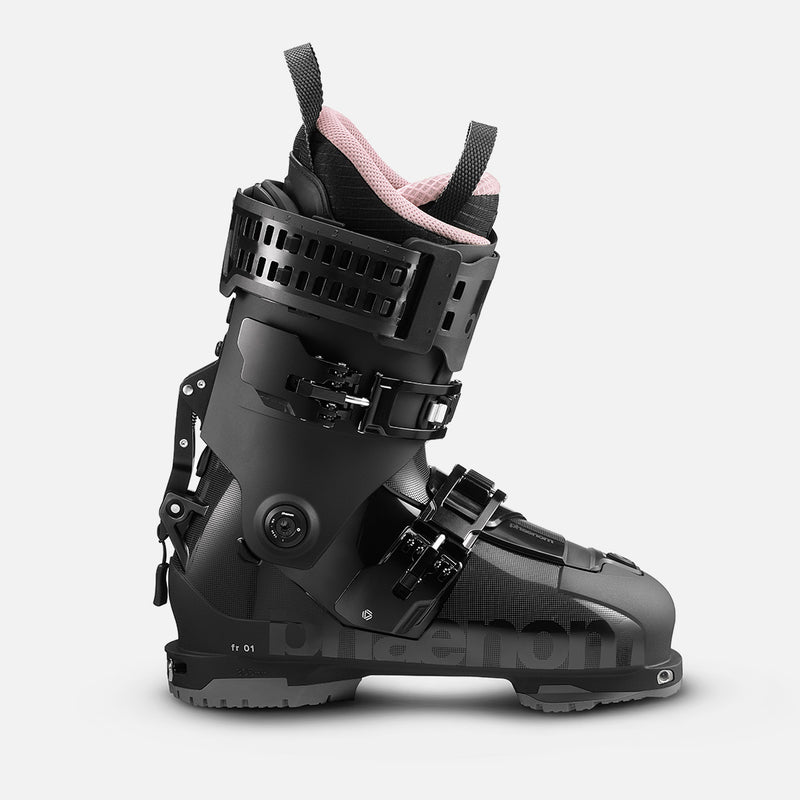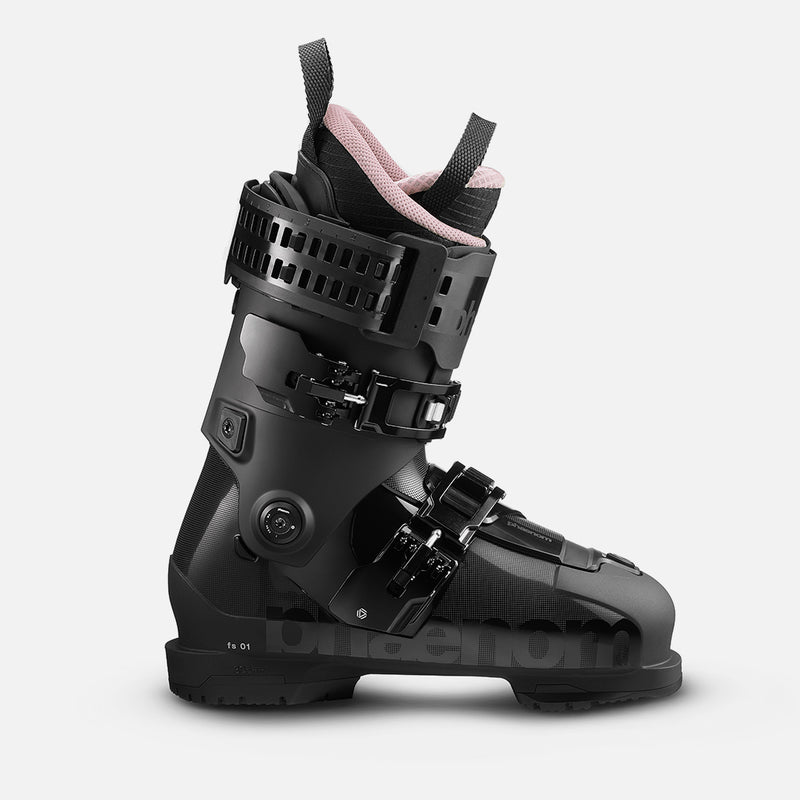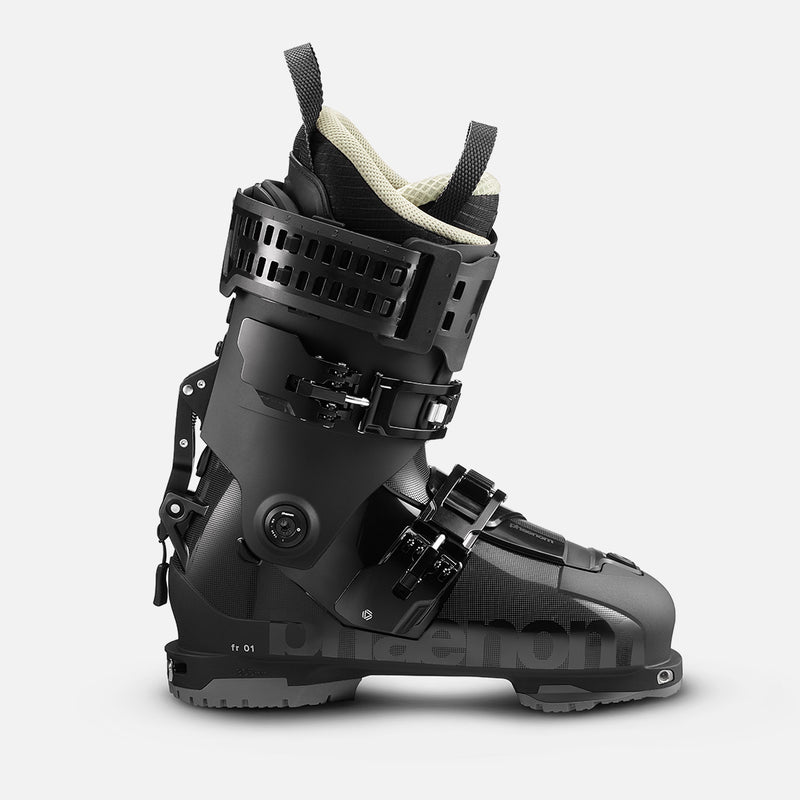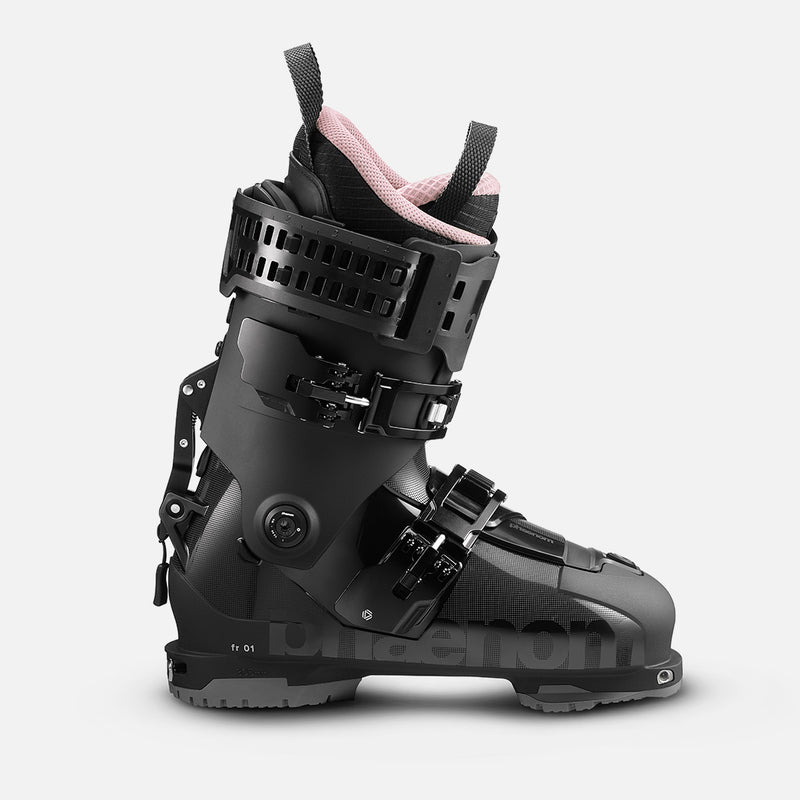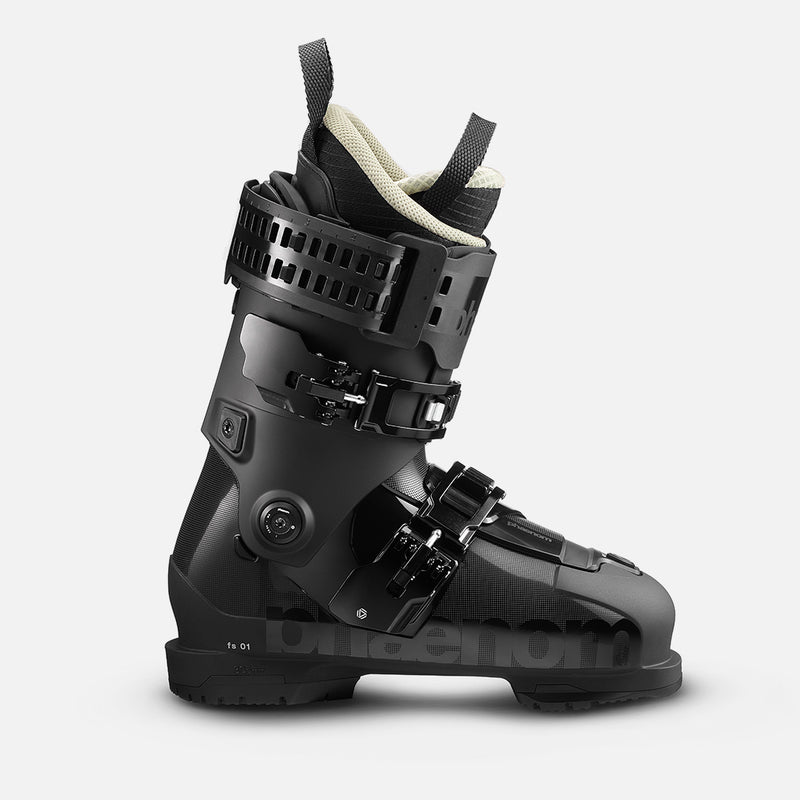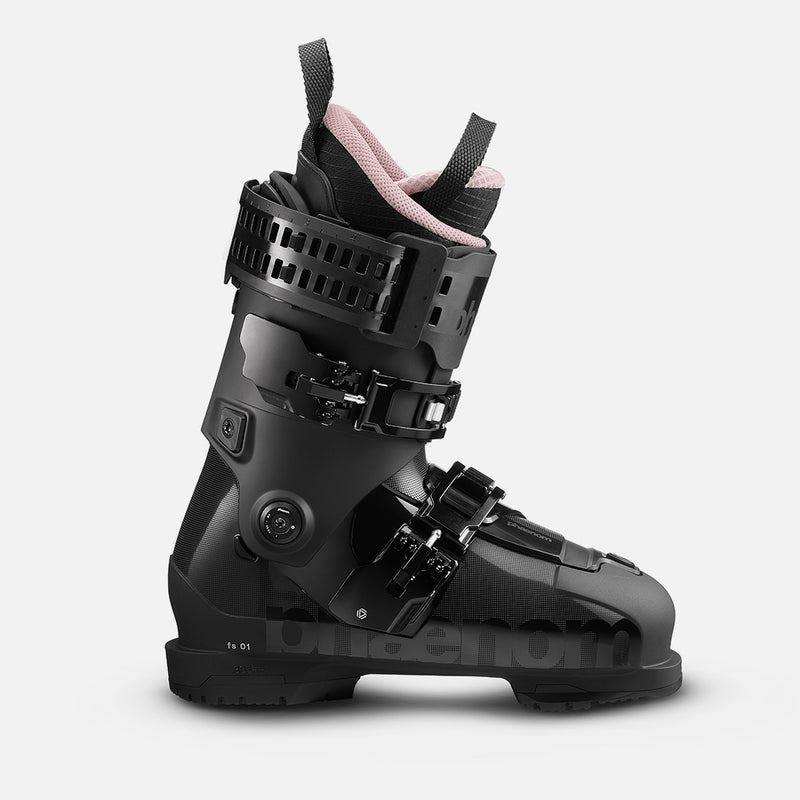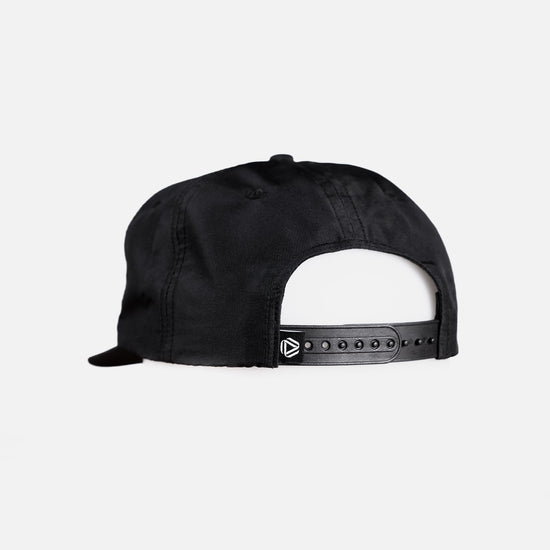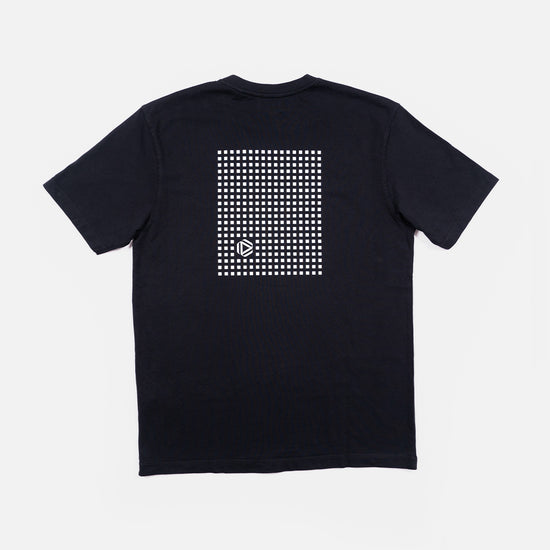size guide
find your size

For accurate foot length measurement we recommend following these 3 steps.
step 01: Put a piece of blank paper under your feet. Stand up straight and have your heel lightly touching against the wall.
step 02: Have someone mark the end of the longest toe on the sheet with a pen or pencil. Afterwards measure the distance from the end of the page to the mark on the paper.
step 03: Repeat the steps for your other foot and compare it with our size chart.
size chart*:
| shoe size (US) Men | shoe size (US) Women | shoe size EU | shoe size UK | foot length range (mm) | comfort fit | performance fit |
| 4 | 5 | 36 | 3 | 215 - 224 | 22/22.5 | 21/21.5 |
| 5 | 6 | 37.5 | 4 | 225 - 234 | 23/23.5 | 22/22.5 |
| 6 | 7 | 39 | 5 | 235 - 244 | 24/24.5 | 23/23.5 |
| 7 | 8 | 40 | 6 | 245 - 254 | 25/25.5 | 24/24.5 |
| 8 | 9 | 41.5 | 7 | 255 - 264 | 26/26.5 | 25/25.5 |
| 9 | 10 | 42.5 | 8 | 265 - 274 | 27/27.5 | 26/26.5 |
| 10 | 11 | 44 | 9 | 275 - 284 | 28/28.5 | 27/27.5 |
| 11 | 12 | 45 | 10 | 285 - 294 | 29/29.5 | 28/28.5 |
*In our size chart, your shoe size corresponds to a mondo point. The mondo point is an international sizing scale used for ski boots. It has about a 1cm difference between each size. The mondo size of the boot that corresponds with your US size should give you a comfortable fit. If you prefer a tighter fit and want a quicker response from your boots, and/or have a narrower foot we recommend going down a size. We always recommend consulting with a bootfitter to help you decide what works best for you.
example: Jordan has measured their feet and found that the left foot is 252mm long, while the right foot is 254mm. Knowing that they generally prefer their boots to fit tightly, they use the length of their shorter foot, 252mm, as a reference for choosing their ski boot size. Consulting the phaenom size chart, Jordan can select between a 25/.5 for a comfort fit or a 24/.5 for a performance fit. Given that they ski more than 30 days a season and their feet are on the narrower side, they decide to go with the performance fit at size 24/.5. This choice ensures a snug fit, minimizing movement inside the boot for better control on the slopes.
